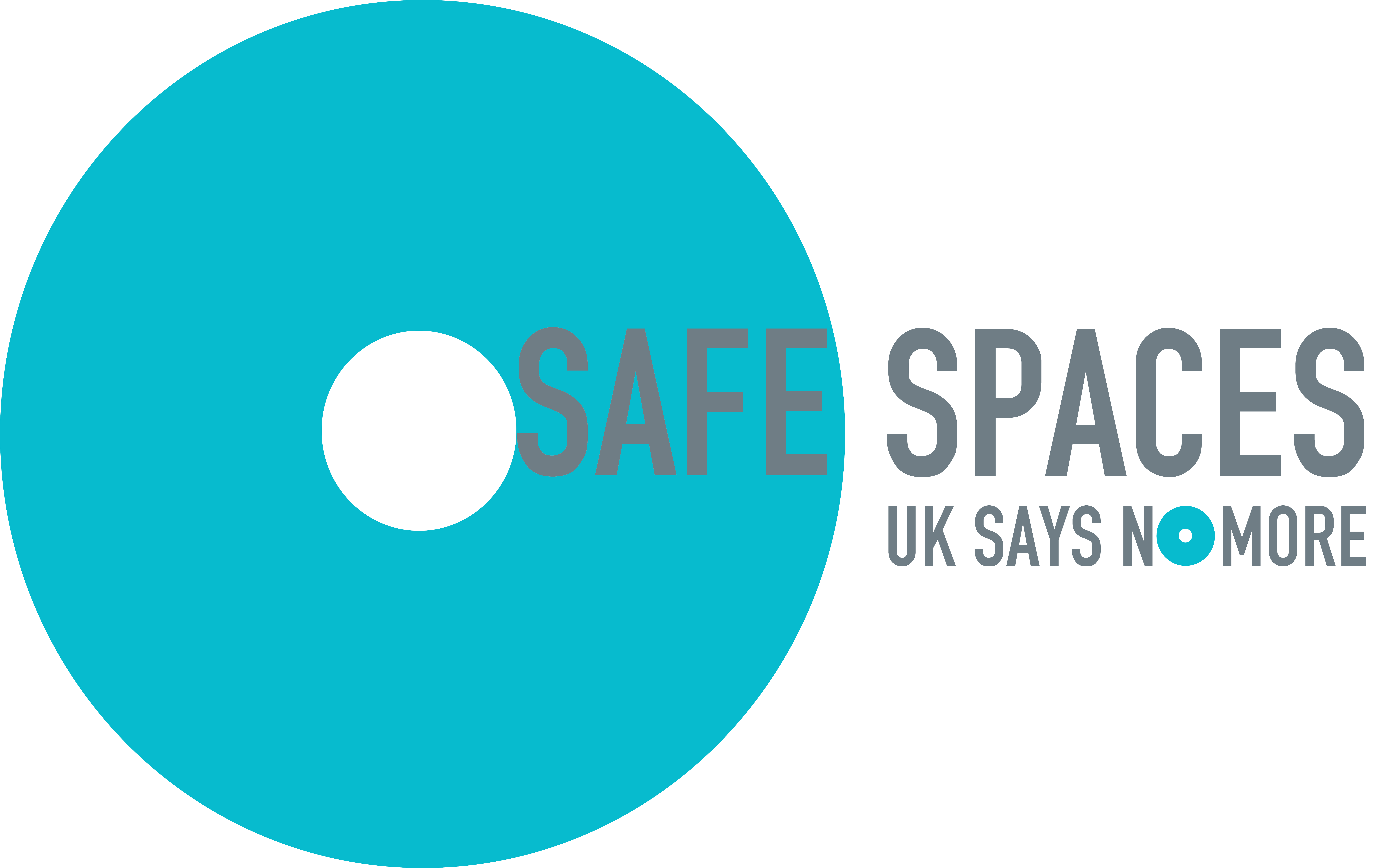The latest on cladding and building safety from the Government
Building safety is part of an ever-changing policy environment - the Government regularly updates its policies or makes new announcements which affect the way we approach our building safety programme. You can find the major Government announcements below and what they mean.
The Cladding Safety Scheme (CSS), also known as the Medium Rise Scheme was fully opened in July 2023.
Similar to the Building Safety Fund for buildings over 18 metres, the CSS is a government fund for buildings between 11 and 18 metres. The fund is to pay for certain cladding related costs that would have otherwise been recovered trough the service charge.
The Building Safety Act was passed in April 2022 and the government called it the biggest change to building safety in a generation. The bill covers a variety of aspects, designed to improve the quality of the construction process, give residents more rights and to legislate for protections for leaseholders. The below are the headlines of this new legislation:
- Leasehold building safety service charge caps - non-cladding related building safety service charges will be capped over the next five years. Residents in London in properties worth between £325,000 and £1m will be capped at £15,000 service charge costs. Residents out of London in properties worth between £175,000 and £1m will be capped at £10,000. For shared owners, the cap will be reduced by to match the share owned, e.g. a 50% share of a proeprty in Hertfordshire would have a cap of £5,000.
- New regulator - a Building Safety Regulator will exist to ensure buildings are built according to the new regulations. They will oversee the 'gateway' process, a three stage process where developers must submit documents to the regulator before they can progress to the next stage of construction. Buildings cannot progress until the regulator has given their approval. All high risk buildings must be registered with the regulator and provide a Building Safety Case which is a standardised list of documents and safety information for a building. There will also be a new Construction Materials Regulator to ensure the materials used in buildings meet the relevant standards.
- Resident Voice - the regulator will establish a Residents Panel to consult with a group of residents on any of the regulator's functions
- Resident responsibilities - all residents will have a new obligation to not endanger their home, building and neighbours and to not interfere with fire safety equipment. Breaches of this obligation could result in fines or court action. Residents will also have an increased obligation to allow access to their property for the repair and maintenance of fire safety equipment, but also have established standards of how much notice they must be given.
- Accountable person - a named person or organisation who will be responsible for all safety related issues within a building. They have additional powers to gain access to people's homes for safety maintenance and must also provide residents with all the relevant safety information requested in a timely manner.
The Secretary for Levelling Up, Housing and Communities announced that leaseholders in buildings over 11 metres will not have to pay for any cladding costs. He will be meeting with developers to agree a fully funded plan with a deadline of March 2022. He has also scrapped the leaseholder loan scheme that was announced last year.
Speaking to the Housing Committee, Secretary for Housing Michael Gove said that the loan scheme for leaseholders living in buildings below 18 metres was to be 'paused'. He also said that the government is looking at a 'polluter pays' approach which could see developers and manufacturers compelled to contribute to resolving the crisis.
Alongside this, he also said that the government were planning on retracting the January 2020 guidance which brought buildings below 18 metres into scope of the building safety crisis. This has been a stumbling block in the sector being able to follow through on the previous announcement regarding EWS1 forms not needing to be 'requested'.
On 21 July 2021, the government announced that EWS1 forms should not be requested for buildings below 18 metres. They have said there is 'no systemic risk of fire in blocks of flats' under 18 metres' and has called for a more proportionate response. This could include alarm and sprinkler systems being installed and they say buildings under 18m with cladding should 'not require expensive remediation'.
We will be looking into this further and seeing if/how this may affect our building safety programme. We will be writing to residents in our programme about this change from the government.
The Royal Institute of Chartered Surveyors (RICS) originally designed the EWS1 form. They have a set of FAQs on their website, which include a response to this government announcement (question 200.
The Government has announced that they will pay for the removal of unsafe cladding for all leaseholders in buildings over 18m. This amounts to £3.5 billion in additional funding. For leaseholders in builidngs under 18m, costs will be capped at £50 per month under a loan arrangement.
The Government has also formally endorsed guidance from the Royal Institution of Chartered Surveyors which means half a million leaseholders in blocks over 11 metres won’t need a separate EWS1 assessment to get a mortgage.
The government has announced a £30m Waking Watch Relief Fund, to cover the cost of fire alarms in affected buildings. This will help to speed up the process of reducing or removing waking watched from affected buildings. Full guidance on who will be eligible will be released in January 2021.
The announcement also included an extension to the deadline for applications to the Building Safety Fund, which has now been moved to June 2021.
The government has announced that residents who live in buildings 'without cladding' will no longer need an EWS1 form if they want to sell or remortgage their home.
The government has said that this could help up 450,000 leaseholders who are stuck without an EWS1 form and unable to move forward.
While this is good news, there is not yet clear technical guidance from government as to the specific materials and/or construction method that this announcement applies to. We will be looking at the guidance when it becomes clear and will write to any residents who may be affected when we know more.
It has been widely reported that the government's Building Safety Fund has received a high number of applications. The reported figures on the government's website do not yet include social housing applications, so the numbers reported are expected to grow.
This has meant that it is taking longer than we expected to receive a response on the outcome of our applications. We will let residents know when we hear back from the government and will organise a webinar to establish what the next steps are, whatever the outcome of our application.
The government announced a £1bn building safety fund in March and then in June released the details on which organisations and which buildings are eligible.
Social housing providers are eligible to apply to the fund but only for certain types of buildings. Much of this is for ‘non-ACM cladding’ – you may know that ACM cladding was the type of cladding on Grenfell. This fund is mainly to help with the removal and replacement of non-ACM cladding and some types of combustible insulation.
We have submitted an application to the Building Safety Fund for several of the eligible buildings we are responsible for. This was a very comprehensive application and we needed to ensure we had all the correct information to put ourselves in the best position to receive money from the fund.
We are only applying for funding where we feel positive that we will receive funding from the government, but we are not able to make any guarantees as to if we will be successful.
Even if we are successful, the fund does not cover every single cost related to building safety. If there are any other areas where costs may be passed on to leaseholders, we will write once we have more information and will go through the statutory Section 20 process or go to the First Tier Tribunal where leaseholders will be able to input and feedback.
Not all our buildings are eligible to apply for the fund – we have extensively reviewed the criteria and have determined that some of our buildings are not eligible for the fund. We have also liaised directly with the Ministry of Housing, Communities and Local Government to ensure we have interpreted the criteria correctly.
Even though we are unable to apply for this fund for some buildings, we are still working hard on behalf of our residents to pursue other avenues. This could be through an insurance policy or warranty, or from the original contractor who built the building.
During lockdown 1 and 2, the government has stated that building safety work is essential and must continue, even during the coronavirus pandemic. Local figures such as the Mayor of London and representatives of many London councils have signed a pledge to ensure building safety work can continue in line with the government's plans.
For work to continue on our sites, we will be ensuring we follow the government's guidance of working safely on construction sites during the crisis. We are working with many contractors on each of our sites, so the measures we take will be different on each site, but some of the things we're doing include:
- Changed working hours to avoid busy times on public transport
- Increased driving to sites to avoid public transport
- Teams of workers from the same household, so work which needs two people to carry out can still be done
- Pausing work which may require workers to be closer than 2m.
For some of our building safety work, we may need to enter your home. We'll always tell if you this is going to happen and we'll work with you to ensure the safety of your family and our staff. The government has also released guidance for tradespeople who need to enter other people's homes and we will be following that guidance.
The government announced a £1bn building safety fund for the removal and replacement of unsafe non-ACM cladding systems on buildings over 18 metres during the March 2020 budget announcement.
Read the government's announcement
This includes systems such as:
- High Pressure Laminate (HPL)
- Wood/timber
- Other class C/D cladding.
The fund does not cover buildings between 11 and 18 metres, or ACM buildings of any heights.
The government made some important announcements about Building Safety in the House of Commons in January 2020. This included bringing together previous advice, as well as new advice and it is likely that this will affect and extend the scope of our building safety programme. The main changes are that the government advice now states that:
- The previous advice to concentrate on buildings over 18m should be reviewed and the height reduced to 11m.
- Aluminium Composite Material (ACM) cladding with an unmodified polyethylene filler (the type used on Grenfell Tower) is not suitable for use on residential buildings of any height. The government has not announced any funding for the work to remove ACM cladding on buildings below 18m in height.
- Certain forms of High Pressure Laminate (HPL) cladding, and some types of external wall insulation, are not suitable for use on residential buildings.
- Certain forms of balcony construction can form a potential fire risk.
- External walls using External Wall Insulation (EWI) can form a potential fire and general health and safety risk.
- Fire Doors should be checked and maintained more regularly.
In addition to this technical guidance, the Ministry of Housing, Communities and Local Government announced it is working with the Treasury to consider the options they may have to support leaseholders who could be facing having to pay for any remedial works that arise out of this guidance.
What is SNG doing to help?
We understand this is a very difficult situation that residents are finding themselves in. As well as carrying on with our building safety programme to investigate and remediate buildings, we are working with the sector to lobby the Government to offer more support. You can find out some of the things we've been doing below.
We believe that three things are needed to address current issues in relation to building safety and the position of leaseholders and are calling on government to provide:
- Suitable guidance to ensure we are prioritising action on the least safe buildings;
- Continued support to enable leaseholders to sell and remortgage; and
- Funding to protect leaseholders from high bills and ensure that sufficient resources are available for housing associations to continue to invest in building new homes.
The housing sector is working hard to try and resolve this situation for leaseholders, and we're doing what we can to support leaseholders.
National Housing Federation
We've been working with the National Housing Federation (NHF), getting best practice and sharing it with colleagues. We've also fed back on how the NHF can better support housing associations dealing with building safety issues.
G15
As part of the G15 group of London's largest housing associations, we have been sharing good practice with our colleagues in the other organisations, so we can all improve our operations and communications to make our Building Safety Programmes work as best as we can.
Among the communications teams, we have been sharing learning and what has worked well for organisations, as well as coordinating among member organisations to lobby government.
Government consultations
We have responded to numerous government consultations on building safety issues. You can read these responses on the G15 website.
Leaseholder groups
We've been in touch with leaseholder groups such as the UK Cladding Action Group to discuss how we could support leaseholder groups as part of their 'End our Cladding Scandal' campaign.
Media work
We've had coverage on building safety issues in the media, where we have explained the situation leaseholders and housing associations find themselves in, and said that we need more support from government to resolve it.
We've appeared in a variety of publications, such as Inside Housing and Social Housing (housing trade publications), as well as the Sunday Times, BBC News and also on broadcast BBC News.
We'll continue to work with the media to tell of the situation and how it needs more support from government.
Stakeholders
We've provided briefings to a variety of organisations and individuals to explain what's going on in building safety. This includes local councils and MPs where we have affected buildings, alongside writing to the Department for Levelling Up, Housing and Communities and the Secretary of State for Housing.
Get in touch with us
If you've still got a question, you can contact us on customerservice@networkhomes.org.uk or fill out our form.
More information
-
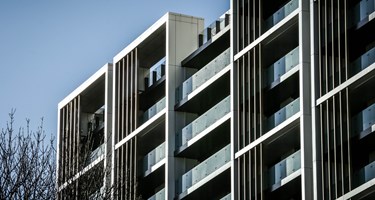 Cladding - FAQs
Cladding - FAQsGet the answers to all your questions about cladding on your building.
Cladding - FAQs -
 My building - FRAs, documents and newsletters
My building - FRAs, documents and newslettersView your building's fire risk assessment (FRA) and other documents , including fire evacuation strategy, building safety and estate updates.
My block documents (FRAs) -
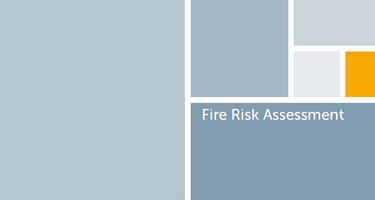 Fire Risk Assessments - FAQs
Fire Risk Assessments - FAQsNot sure what an FRA is? Find out here.
Fire Risk Assessments - FAQs -
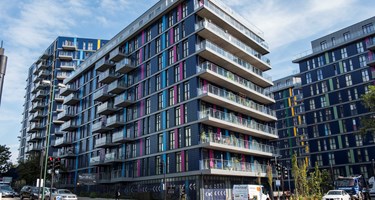 EWS1 forms - FAQS
EWS1 forms - FAQSSee when an EWS1 form is required and how the form came about.
EWS1 forms -
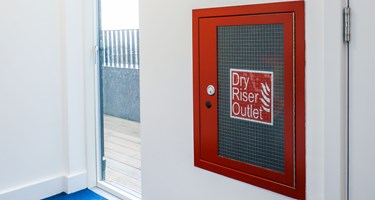 Fire safety tips
Fire safety tipsDo you know how to test your smoke alarm or top tips to prevent a fire?
Find out here -
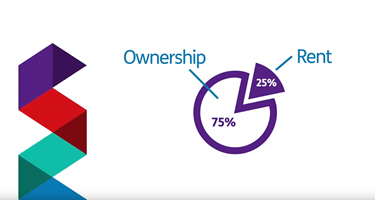 Selling, staircasing and remortgaging - FAQs
Selling, staircasing and remortgaging - FAQsAll the answers for shared owners and leaseholders on the situation at your building.
Selling, Staircasing and remortgaging - FAQs -
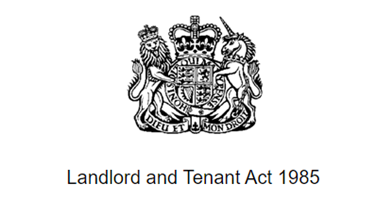 Who pays for building safety work? Section 20 - FAQs
Who pays for building safety work? Section 20 - FAQsFind out about the leasehold consultation process known as Section 20.
Section 20 - FAQs -
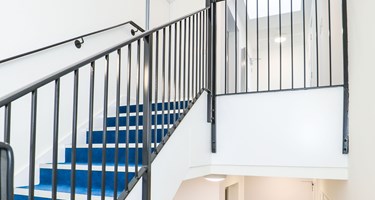 Vulnerabilities - help to evacuate
Vulnerabilities - help to evacuateIf you live in a block with a waking watch and think you or a member of your household needs help to evacuate, let us know.
Vulnerabilities -
 Resources for residents
Resources for residentsInformation on organisations who may be able to offer you independent advice.
Resources for residents -
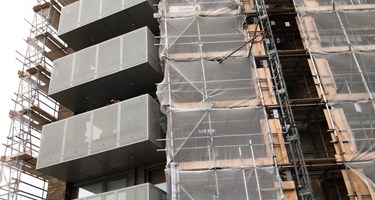 Support with building safety work costs
Support with building safety work costsFind out about applications for interest free loans to help pay for building safety remedial work.
Support with building safety work costs -
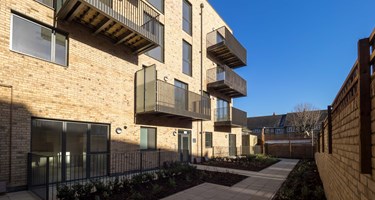 Buildings below 18 metres
Buildings below 18 metresWhat does it mean if you live in a mid or low rise building?
Buildings below 18 metres

